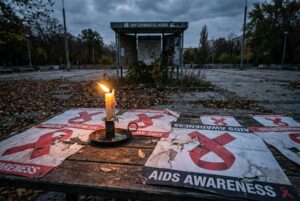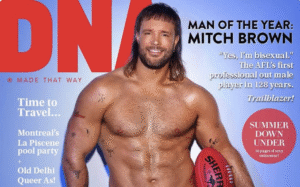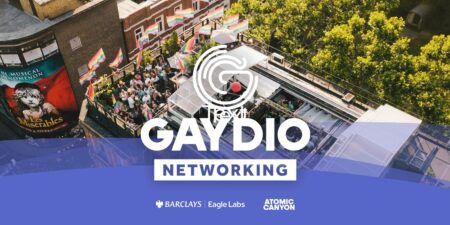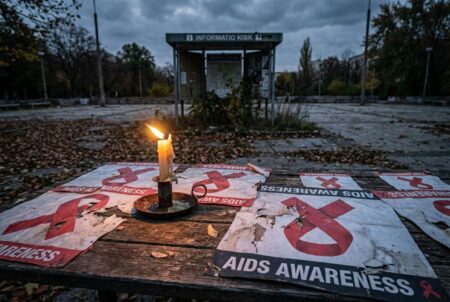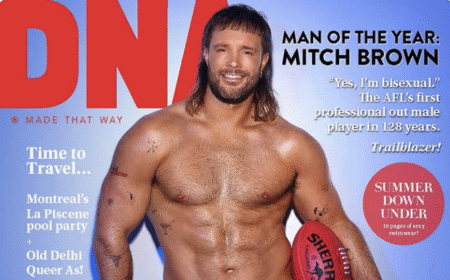Recent discussions and surveys reveal that straight-identifying men may engage in same-sex experiences more commonly than traditionally acknowledged. A collection shared by Queerty presents personal stories from mostly straight men reflecting on their first gay encounters, highlighting curiosity, circumstance, and sometimes financial motivation behind these experiences.
Rick, a 32-year-old Marine veteran, recounts how during boot camp, an unexpected attraction to a similarly aged male peer led to several encounters—an experience he neither had planned for nor fully anticipated. Although married now, he maintains a friendly connection with this person online, illustrating how such experiences may not necessarily redefine sexual orientation but represent fluid moments in individual journeys.
Similarly, Mitch, 36, shared a single gym steam room encounter born from curiosity, while Frank, 28, recalled a teenage exploration with his high school girlfriend’s brother. In some cases, economic factors played a part; Ricky, who drove a cab in Chicago, accepted payment for a sexual act, while Nick, a former hotel bellhop, described multiple paid sexual encounters despite identifying as straight today and leading a family life. These narratives, gathered by Guy Counseling and showcased on Queerty, underscore a fundamental observation: sexual identity and behaviour do not always align neatly, reflecting a spectrum rather than fixed categories.
Backing these personal testimonies, epidemiological data also draws attention to this phenomenon. A 2006 New York City Department of Health and Mental Hygiene survey involving over 4,000 men found nearly 10% of self-identified straight men had sex with other men in the prior year. This study identified intersections with demographic factors such as minority racial or ethnic backgrounds, foreign birth, and lower educational attainment. Another report by the American Academy of Family Physicians pointed out that these straight-identifying men engaging in same-sex activities were less likely to have undergone HIV testing or used condoms compared to gay-identified men, highlighting a potential public health concern tied to under-recognition of sexual behaviour patterns.
More recent research illustrates evolving sexual identities, particularly among younger generations. The emergence of the term ‘mostly straight’ reflects growing acceptance of fluid attractions without the need to classify strictly as gay, bisexual, or heterosexual. Millennials and younger men often report occasional same-sex attractions or experiences they do not fit comfortably into traditional labels, signalling changing social norms around sexuality.
National data from the Centers for Disease Control and Prevention (CDC) further highlights this disparity between identity and behaviour. Surveys from 2011 to 2013 indicate about 6.2% of men have engaged in oral or anal sex with another man at some point, despite the overwhelming majority—over 95%—identifying as heterosexual or straight. This discrepancy suggests that a portion of men who identify as straight are engaging in same-sex encounters, a nuance that challenges binary understandings of sexual orientation.
Source: Noah Wire Services


